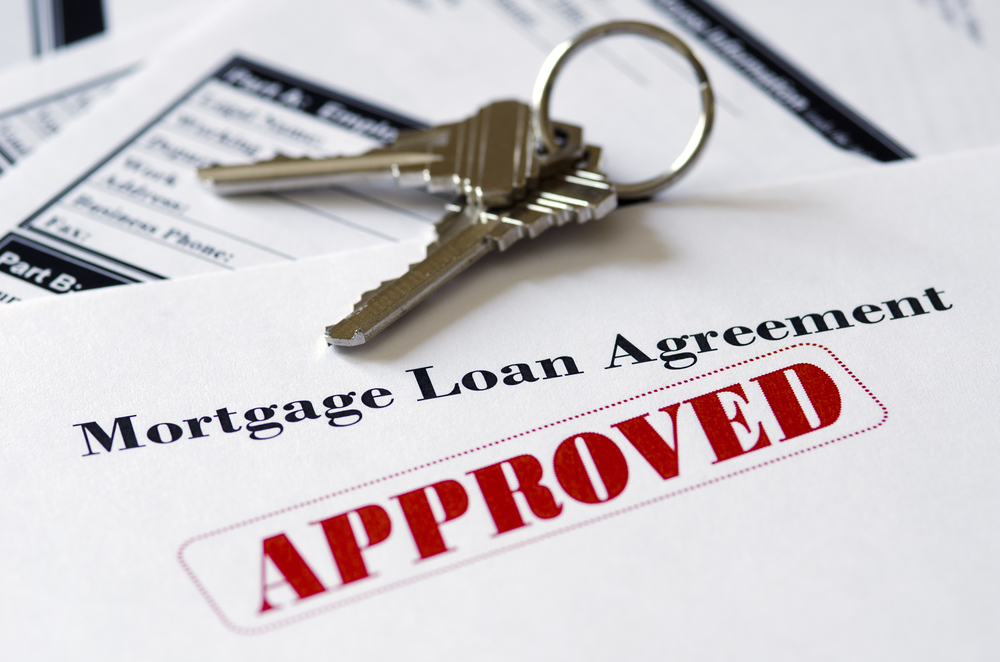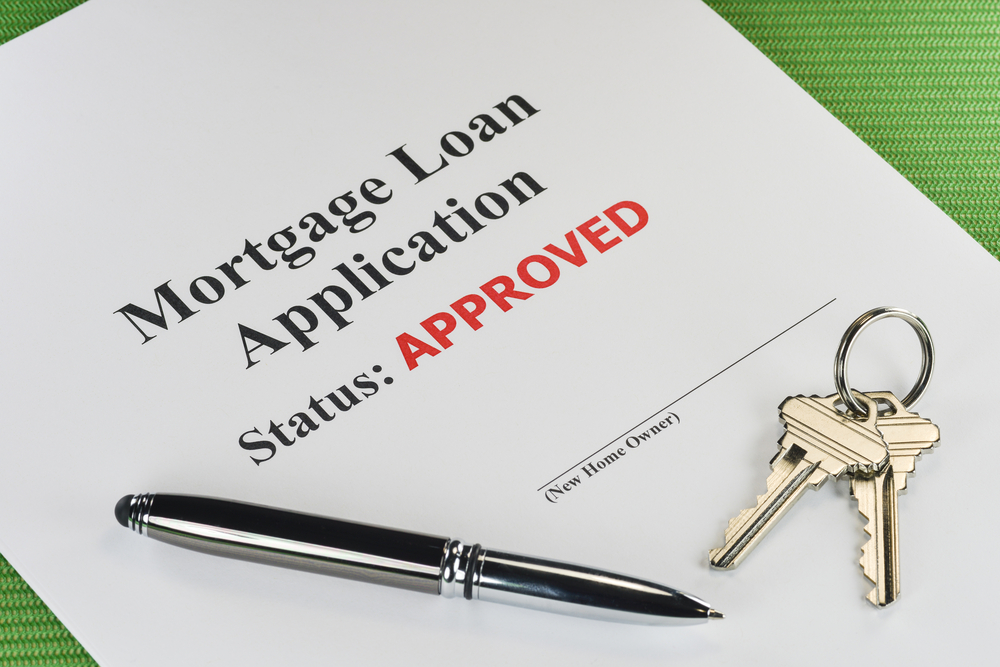Adjustable rate mortgages (ARMs) have gotten a bad rep since the mortgage meltdown. ARMs aren’t bad though, which is why so many homeowners signed up for them during the housing bubble. There are good points and bad points to an adjustable rate mortgage loan.
Con: Unpredictable Payments
An ARM is a mortgage loan that has a variable interest rate. The interest rate on the mortgage changes on some periodic basis, like monthly or annually. Since the mortgage rate changes, so does the monthly mortgage payment. That’s one of the downsides of an ARM, you won’t always know what your mortgage payment will be from one month to the next. That makes it hard to budget for your mortgage.
Pro: Easier to Qualify For
You may qualify for an ARM when you don’t qualify for a fixed-rate mortgage. The fixed-rate mortgage (FRM) is a mortgage with a fixed interest rate that doesn’t change throughout the life of the loan. Initial interest rates on ARMs are usually lower than those of FRMs so it’s easier to qualify for an ARM. Because the interest rate is low on an ARM in the early months, your mortgage payment is also lower. You can afford to put money aside to help you afford your mortgage payments when interest rates reset.
Pro: Lower Monthly Payments At Times
If interest rates decline around the time your ARM rate adjusts, you can take advantage of lower interest rates. Lower interest rates mean lower monthly payments. You wouldn’t get this benefit if you didn’t have an ARM unless you refinanced into another mortgage.
Con: Higher Monthly Payments At Times
When you sign up for an ARM, you never know how high the interest rate will get. Unfortunately, that means you never know how high your payments will go (unless you have a payment cap on your mortgage). When interest rates start going up, so do your payments. Unfortunately, your payments could get so high that you can’t afford them anymore. If you fall behind on your payments, you risk foreclosure.
Con: Confusing
ARMs come with lots of terms that can be hard to understand. These mortgages may have a period of fixed interest rate at the start of the mortgage. Once that fixed period is over, the interest rate adjusts periodically. The time between adjustments is called the adjustment period. There may be a cap on how much the interest rate can adjust from one period to the next or over the lifetime of the loan. Similarly, there may be a cap on payment adjustments. You have to understand all these things to make sure you’re getting a good deal on the mortgage.
Con: Higher Foreclosure Rates
Unfortunately, ARMs have higher foreclosure rates than their fixed-rate counterparts. If you take on an ARM, your risk of facing foreclosure goes up. If you plan to refinance your mortgage later on, think again. Refinancing isn’t guaranteed and comes with separate costs that you may not be able to afford in the future.







